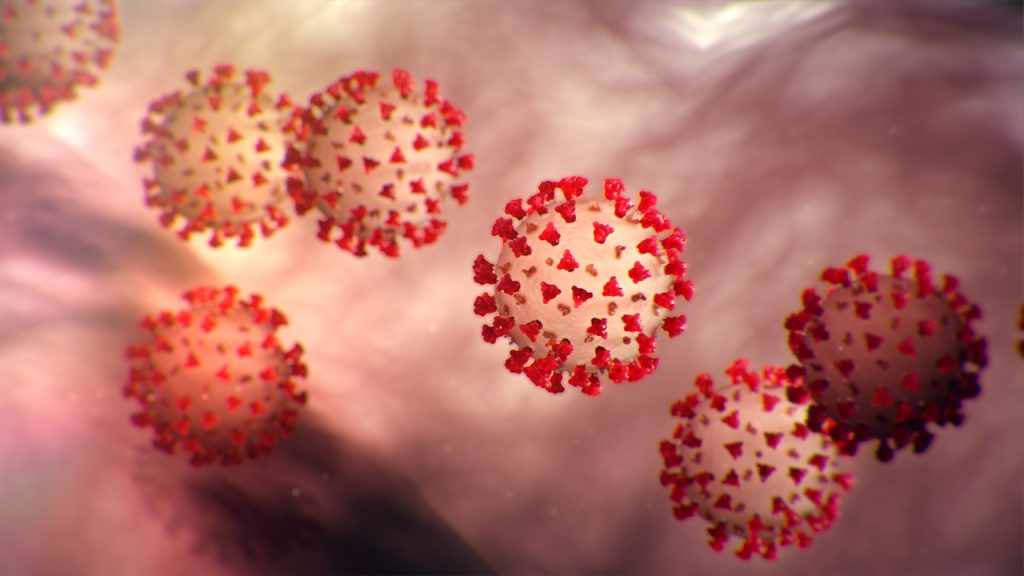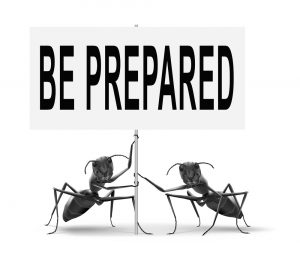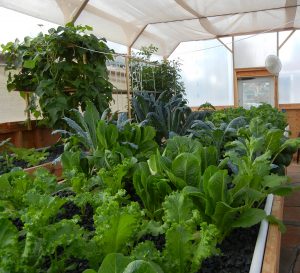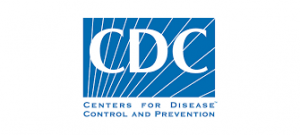Empty Shelves
by Colle and Phyllis Davis

What have you done to prepare you and your family if the coronavirus arrives in your area?
Is your family protected, prepared and ready to ride out the coming pandemic? There will be more and more deadly viruses in the future as climate change increasingly impacts the growing conditions in every area.
Advice from the US Center of Disease Control
- Avoid close contact with people who are sick.
- Avoid touching your eyes, nose, and mouth.
- Stay home when you are sick.
- Cover your cough or sneeze with a tissue, then throw the tissue in the trash.
- Clean and disinfect frequently touched objects and surfaces using a regular household cleaning spray or wipe.
- CDC does NOT recommend that people who are well wear a facemask to protect themselves from respiratory diseases, including COVID-19. Facemasks should be used by people who show symptoms of COVID-19 to help prevent the spread of the disease to others. The use of facemasks is also crucial for health workers and people who are taking care of someone in close settings (at home or in a health care facility).
- Wash your hands often with soap and water for at least 20 seconds, especially after going to the bathroom; before eating; and after blowing your nose, coughing, or sneezing.
If soap and water are not readily available, use an alcohol-based hand sanitizer with at least 60% alcohol. Always wash hands with soap and water if hands are visibly dirty,
Food safety and food security are growing concerns for people in all areas of the world should they become impacted by issues related to climate change, food distribution breakdowns or lack of affordable transportation to deliver food, or in this case, the spread of the coronavirus.
 Double check your pantry and buy dried or canned foods that will prepare you to live under quarantine if you need to hunker down for a few weeks due to the spread of coronavirus:
Double check your pantry and buy dried or canned foods that will prepare you to live under quarantine if you need to hunker down for a few weeks due to the spread of coronavirus:
- Nuts, seeds and peanut butter
- Distilled water
- Powdered milk and powdered eggs
- Fresh eggs
- Coffee and tea
- Canned tuna or other canned fish
- Canned meat or canned poultry
- Canned chili, canned soups
- Flour and yeast to make bread, flour for pancakes
- Dried potato flakes
- Dried corn, grits, popcorn, cornmeal
- Cereals, corn, rice, grains, oatmeal
- Powdered drinks with Vitamin C included
- Snacks including chips, cookies, protein bars, chocolate
- Salt, sugar, spices
- Cooking oil
- Cheeses encased in hard wax
“Preppers” have a big-leg-up on this type of disaster. They understand there will come a time where each family is on their own and utterly dependent on what they have on hand and what they can produce. Your community may or may not be impacted by this virus, but you can prepare for any future events. The survival of you and your family depends on how well prepared you are for any eventuality.
Build a Portable Farms Aquaponics System to create FOOD SAFETY FOREVER!
 WHAT IS MISSING IN THE LIST POSTED ABOVE? A Portable Farms Aquaponics System grows fresh vegetables and fresh fish! A climatically adapted structure with solar power provides a powerful and effective method of growing your own survival. Imagine a 16’ x 36’ (4.9m x 11m) can grow enough table vegetable for 8 adults forever. Children over the age of 11 are counted as adults.
WHAT IS MISSING IN THE LIST POSTED ABOVE? A Portable Farms Aquaponics System grows fresh vegetables and fresh fish! A climatically adapted structure with solar power provides a powerful and effective method of growing your own survival. Imagine a 16’ x 36’ (4.9m x 11m) can grow enough table vegetable for 8 adults forever. Children over the age of 11 are counted as adults.
Gardening is seasonal in temperate climates and dependent on weather conditions and storage facilities. A greenhouse ensures a year-round supply of fresh vegetables. An aquaponics system adds fish, a protein source, to the list of benefits. The greenhouse is also a wonderful place to relax and be in touch with living, growing things to refresh your soul.
Storing long term food supplies such as beans, wheat, corn, and other grains and insuring you can cook them is the first level. Growing your own food to ensure survival for extended periods of time or maybe even as long as you live is imperative. Preparing for long term chaos periods makes you less vulnerable to short-term disruptions. Think of this preparation as peace of mind insurance.
What May Happen – According to the US Center for
Disease Control (CDC) – Updated February 23, 2020
